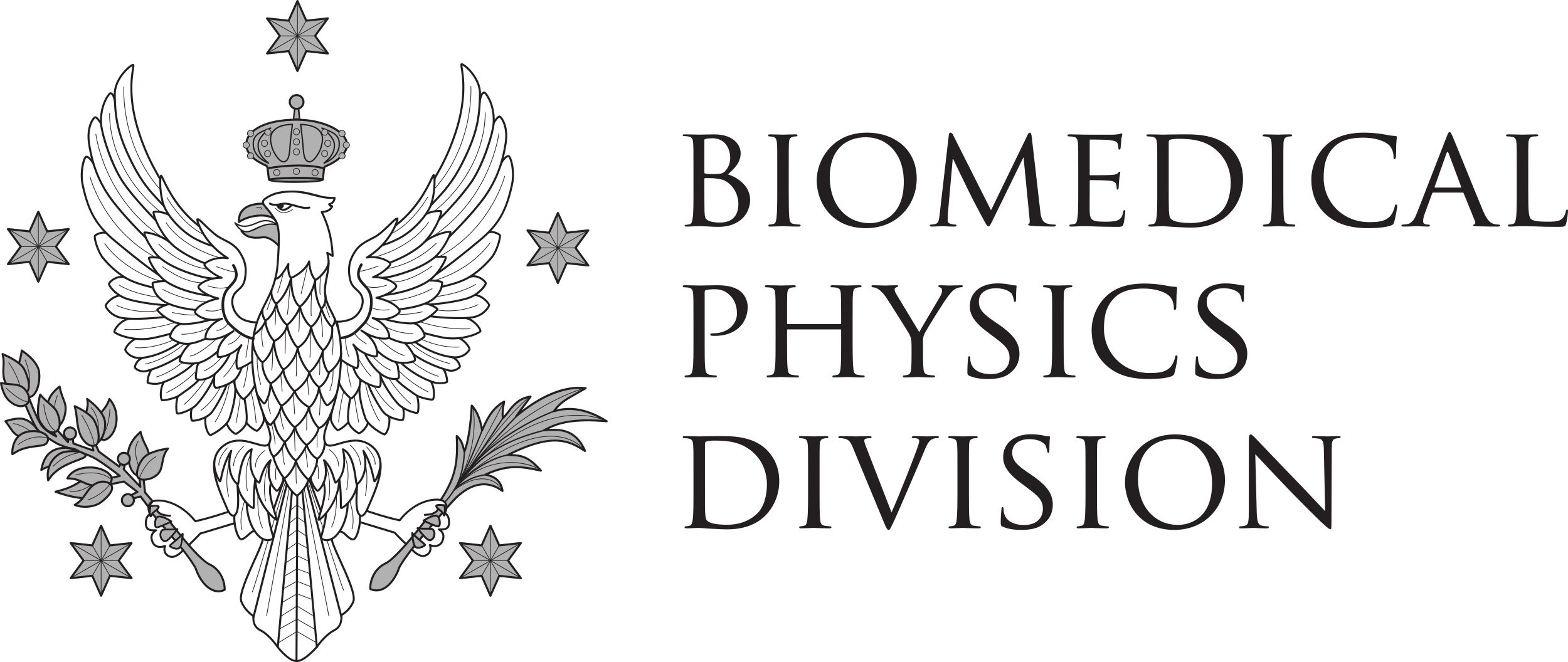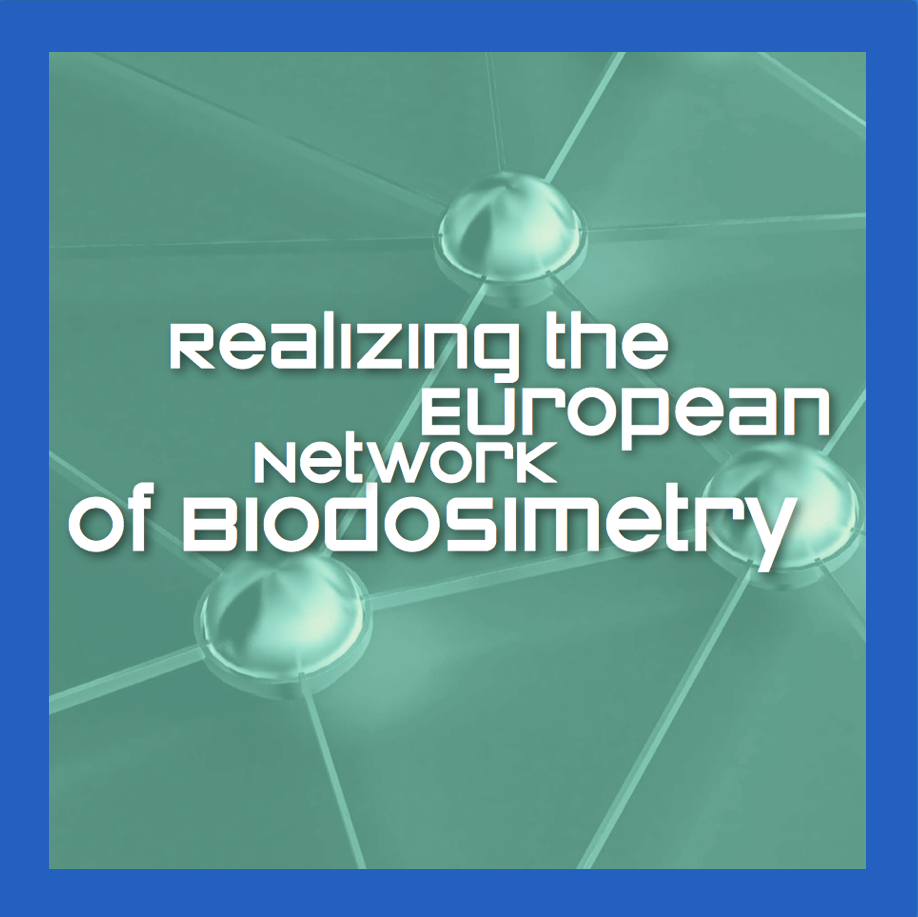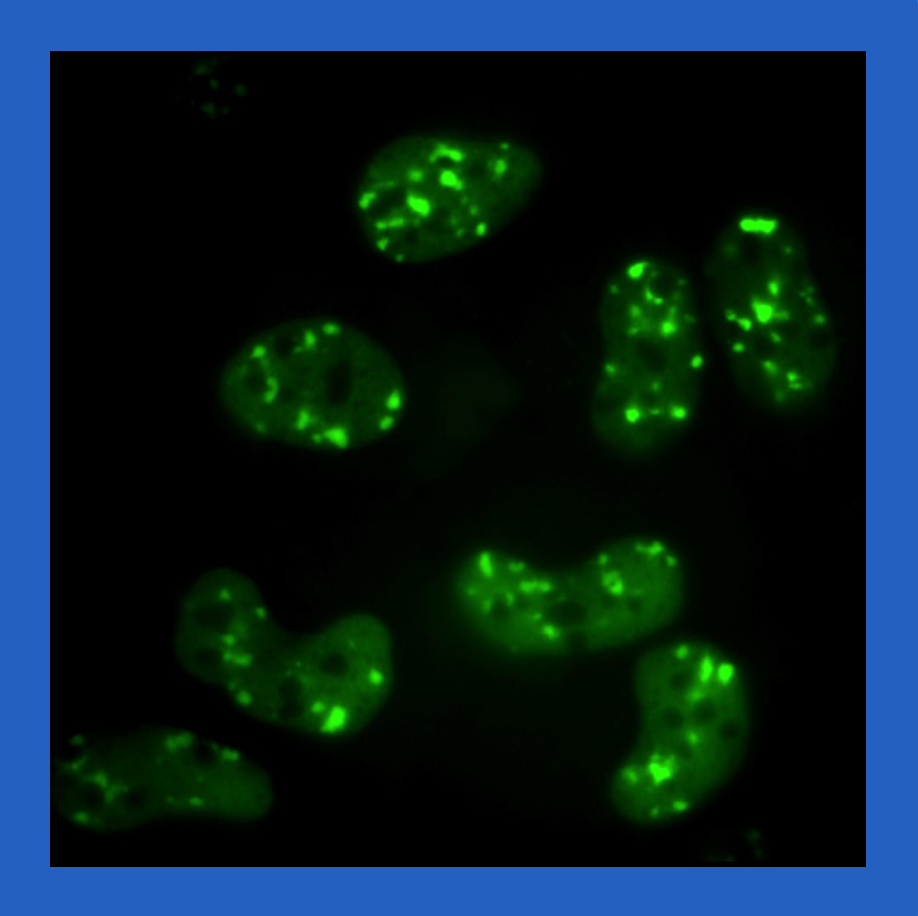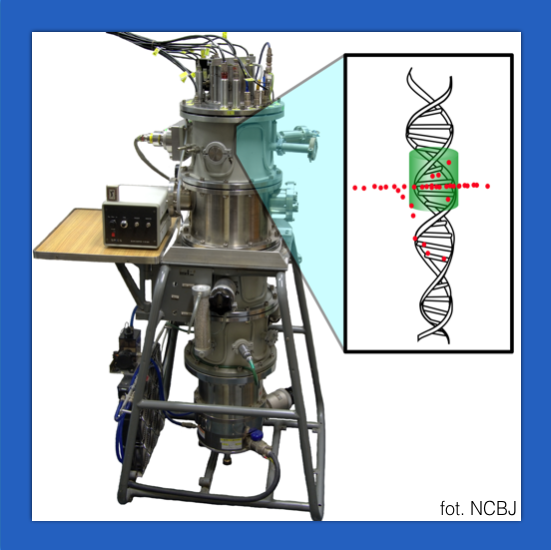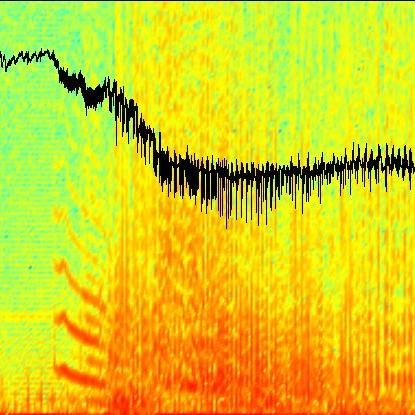The first public presentation of a brain-computer interface in Poland: Letnia Szkoła Fizyki, June 2008. Unedited recording :)
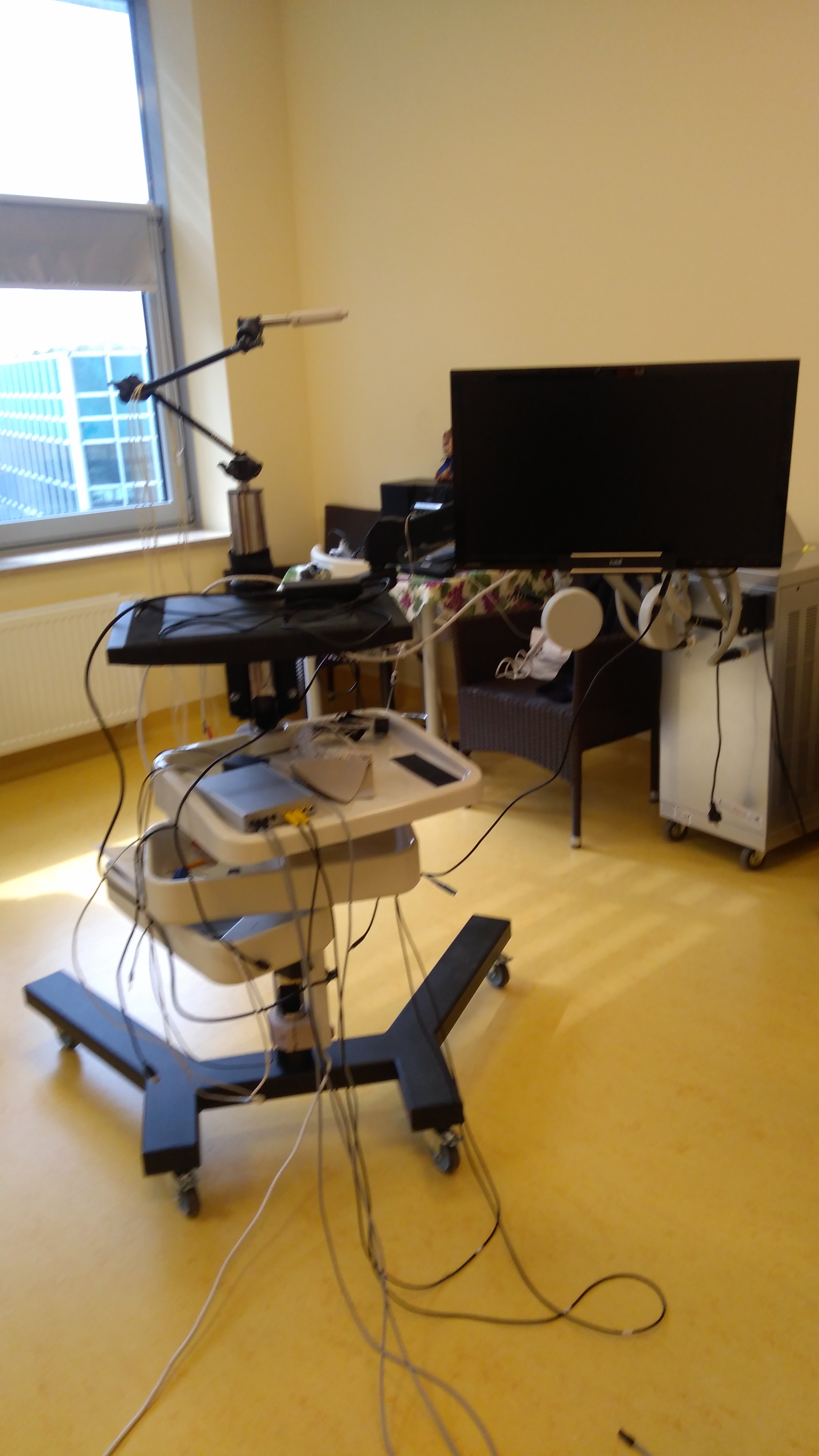
The aim of the project performed in cooperation with The Alarm Clock Clinic is the development and verification of methodology for determining neurophysiological indicators and designs based on the calculated predicting indicators of improving clinical outcomes of children in states of profound DOC based on the EEG signal and methodology used in the field of brain-computer interfaces.
An in-depth examination of the possibilities and limitations in establishing communication with children in state of profound DOC, for which previously mentioned indicators do not exclude this possibility, using a hybrid brain-computer interface, hBCI (aka. Brain/Neural Computer Interaction, BNCI)
We hypothesize that higher brain plasticity in children can allow to observe recovery process electrophysiological correlates of consciousness during annual visits to the BUDZIK clinic. The methodology used in current brain-computer interfaces is an adequate basis for the construction of methods for assessing children in states of profound DOC, both in terms of design of predictors of improving clinical outcomes and assessment of the progress of therapy and the possibility of establishing contact through BNCI. The success of the project will demonstrate the ability to establish system and procedures for establishing communication with patients in state of profound DOC through brain-computer interfaces.
On the basis of the methodology developed by the Team since 2008 paradigms and algorithms for signal analysis will be developed, aimed to assess the prevalence of potentials associated with passive and active processing of information in the visual, auditory and sensory modalities, and imagination of movement. After verification on healthy volunteers, the tests will be repeated, in the longitudinal studies, on patients from Budzik clinic every 3 months and their results correlated with clinical assessment of patients according to the Glasgow Coma Scale, using advanced statistical methods to find indicators having predictive value. In cases promising to establish communication with the patient by BNCI. It will provide the final confirmation of adequacy of assessment of the state.
The study of neurophysiological correlates of consciousness is one of the greatest challenges of modern neuroscience, which in the context of the growing number of patients in the state of DOC has also become a pressing clinical problem. Electroencephalogram, thanks to the high temporal resolution, non-invasiveness, the possibility of registration at the bedside and relatively low price is a technique which gives the greatest hope for its wide use in future. Unfortunately, a major barrier is the complexity of the signal and relatively low progress in its analysis methodology. This project is an opportunity to change this situation through the introduction of the methodology in the field of brain-computer interfaces, by definition, focused on detection rather than a detailed analysis of the phenomena studied. Additionally, trials undertaken within the Project will present a real opportunity to establish contact with patients, chosen by the tests which were developed earlier. The success of this part shall be the event on a global scale, referring to the first reports about making contact with patients in the locked-in state by means of incomparably more expensive fMRI techniques.
We hypothesize that higher brain plasticity in children can allow to observe recovery process electrophysiological correlates of consciousness during annual visits to the BUDZIK clinic. The methodology used in current brain-computer interfaces is an adequate basis for the construction of methods for assessing children in states of profound DOC, both in terms of design of predictors of improving clinical outcomes and assessment of the progress of therapy and the possibility of establishing contact through BNCI. The success of the project will demonstrate the ability to establish system and procedures for establishing communication with patients in state of profound DOC through brain-computer interfaces.
On the basis of the methodology developed by the Team since 2008 paradigms and algorithms for signal analysis will be developed, aimed to assess the prevalence of potentials associated with passive and active processing of information in the visual, auditory and sensory modalities, and imagination of movement. After verification on healthy volunteers, the tests will be repeated, in the longitudinal studies, on patients from Budzik clinic every 3 months and their results correlated with clinical assessment of patients according to the Glasgow Coma Scale, using advanced statistical methods to find indicators having predictive value. In cases promising to establish communication with the patient by BNCI. It will provide the final confirmation of adequacy of assessment of the state.
The study of neurophysiological correlates of consciousness is one of the greatest challenges of modern neuroscience, which in the context of the growing number of patients in the state of DOC has also become a pressing clinical problem. Electroencephalogram, thanks to the high temporal resolution, non-invasiveness, the possibility of registration at the bedside and relatively low price is a technique which gives the greatest hope for its wide use in future. Unfortunately, a major barrier is the complexity of the signal and relatively low progress in its analysis methodology. This project is an opportunity to change this situation through the introduction of the methodology in the field of brain-computer interfaces, by definition, focused on detection rather than a detailed analysis of the phenomena studied. Additionally, trials undertaken within the Project will present a real opportunity to establish contact with patients, chosen by the tests which were developed earlier. The success of this part shall be the event on a global scale, referring to the first reports about making contact with patients in the locked-in state by means of incomparably more expensive fMRI techniques.
